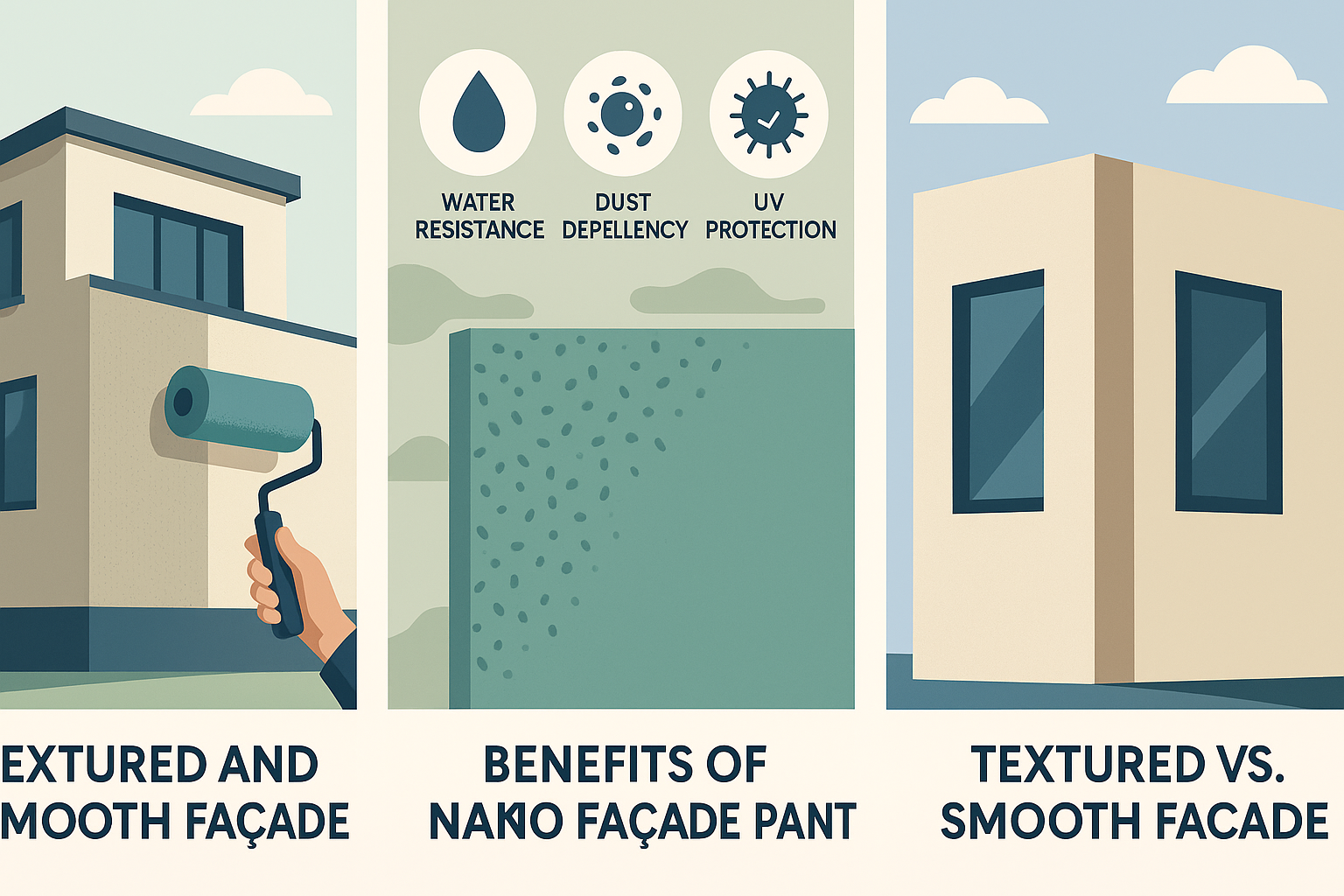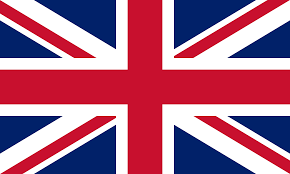
Frequently Asked Questions About Façade Paint
 Date:
Date:
What is the best type of paint for building façades?
The best type of façade paint depends on the local climate, the building type, and personal preference. Acrylic, nano, and textured (knitex) paints are popular choices due to their high resistance to environmental conditions. Waterproof and UV-resistant paints are recommended for areas with harsh weather.
What is Nano façade paint and what are its benefits?
Nano façade paint is made using nanotechnology and features benefits such as water resistance, dust repellency, and UV protection. Due to its high durability, long lifespan, and prevention of algae and moss growth, it is an excellent choice for buildings in humid regions.
What are the characteristics of kenitex paint?
Kenitex paint is known for its distinctive texture and is typically used to create a thick, durable coating on building façades. It is highly resistant to moisture, sunlight, and physical impact, making it ideal for regions with challenging weather conditions.
What is the difference between textured and smooth façade paints?
Textured paints are applied at a thickness about 1.5 to 2 times greater than smooth paints and help hide surface imperfections better. They also provide superior resistance to substrate cracks. In contrast, smooth paints create an even, flat surface and are commonly used in modern buildings with minimalist designs.
Is façade paint waterproof?
Many façade paints, especially Nano and acrylic types, are waterproof. This property helps prevent water infiltration and protects the façade from decay and discoloration.
Which colors are suitable for modern façades?
Both textured and smooth paints can be used on modern façades. Neutral tones such as white, gray, beige, and black are commonly chosen for a contemporary look.
What factors affect the durability of façade paint?
Paint quality, climate conditions, application method, and paint thickness all impact the longevity of façade paint. Choosing UV- and water-resistant paints helps protect the façade from weathering and adds a protective layer in addition to enhancing appearance.



